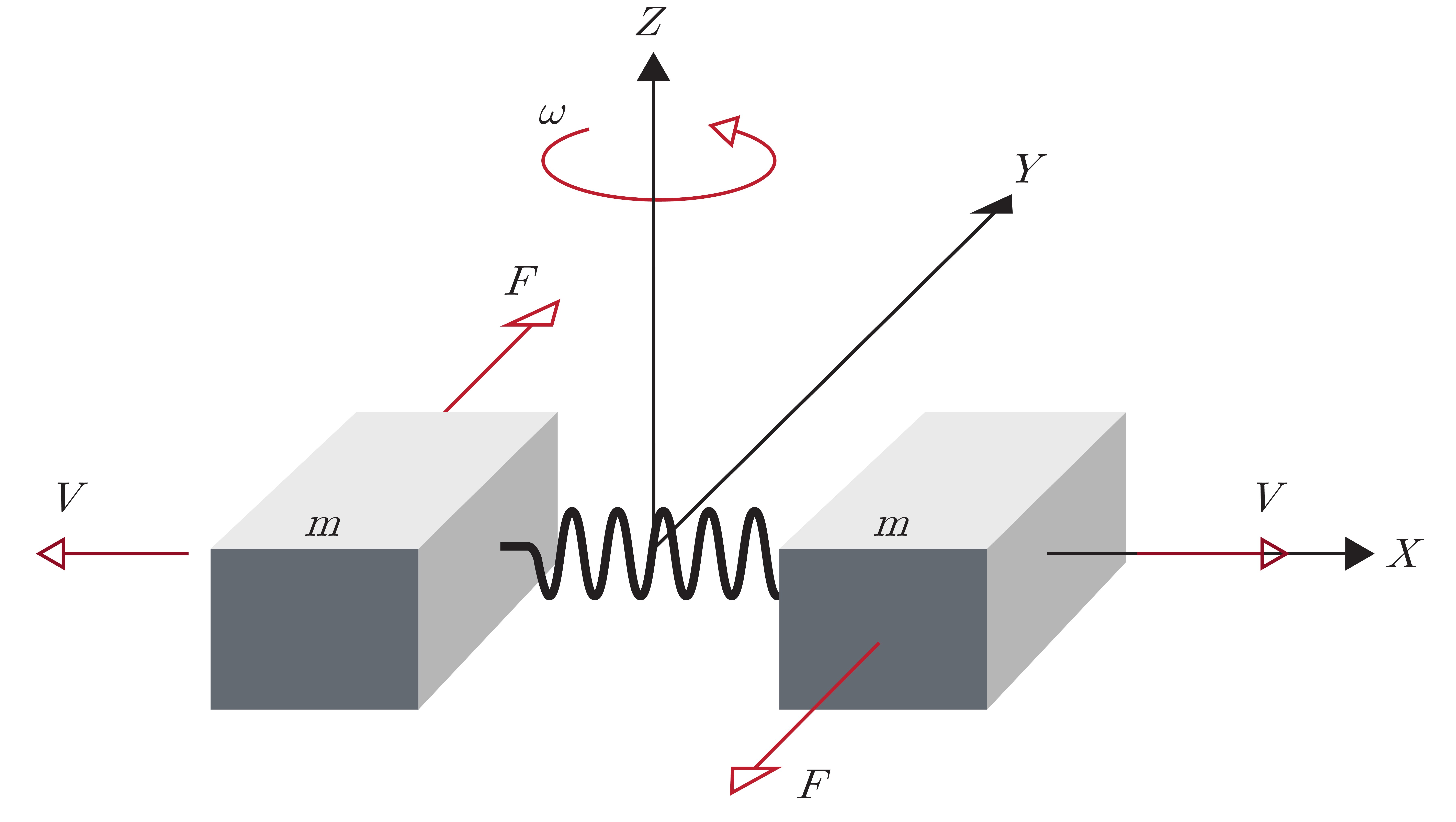

One coil would excite the tuning fork and the other coil would pick up the signal if the tuning fork moved. Even though fancier ways existed to decode tones back than, these units used sealed modules with a pair of coils and a tuning fork in them.

You had a fob you held to the phone that generated a tone, and the tone was decoded on the machine. It was an enjoyable read.Īs an interesting aside, my first job decades ago, repairing telephone answering machines, the really expensive ones let you call in and retrieve your messages remotely. If anybody has a copy of that paper, please post it. So a 1 Mhz crystal with one pulse of excitement could potentially ring for a second. The one take away I recall is that one pulse on crystal could ring up to million times. Your common everyday crystal dusted the competition, as the pretty much work under ideal conditions all the time. One section covered how many cycles you could get out of each type of device, both if fine tuned, and in more practical conditions. Years ago international crystal had a tech note on their site that went over the history of time keeping, and went over all types of scelating devices, from pendulums to atoms. Posted in Misc Hacks Tagged colpitts, colpitts oscillator, crystal, oscillator, pierce, pierce oscillator, quartz crystal Post navigation We’ve also seen SDRs pressed into service for testing. You can test a crystal by injecting a resonant frequency into it. If you can bias an inverting amplifier, you should be good to go. However, it is still a lot of good information. However, the post stops short of actually going through the design computations. The post also looks at Pierce oscillator and several digital oscillators. You can usually tell a Colpitts oscillator by remembering it starts with C and the feedback loop has a split capacitor (as opposed to a tapped inductor). There are several common oscillators architectures, and a typical design procedure is to start with one and compute the values required. The high Q makes crystals useful in narrow-band filters, as well. A crystal is also more stable than typical resistors, capacitors, and inductors, which is why they find use where you need an actual accurate frequency. But the Q - the ratio of reactance to resistance - will be much lower than a crystal. You might wonder if you could forego a crystal and just use the components in the model. It matches the math pretty well, as you can see on the right. You can actually see a trace for a real crystal in a recent post we did on the Analog Discovery 2.
#Piezoelectric tuning fork series#
The dip is the series frequency and the peak is the parallel. When you order a crystal, you specify if you want the resonant frequency in series or parallel mode - that is, which of the capacitors in the model you want to resonate with the inductor - so the model has actual practical application.īy applying the usual formula for resonance on the model you’ll see there is a null and a peak which corresponds to the two resonance points. There’s also a shunt or parallel capacitor. The post starts with a basic model of a crystal having a series capacitance and inductance along with a resistance. The trick, of course, is finding the proper excitation. A post that continues a series on oscillators has a good, practical treatment of the subject.Ĭrystals are made to have a natural resonant frequency and will oscillate at that frequency or a multiple thereof with the proper excitation. Engineering texts tend to go on about loop gains but aren’t very clear about practice. Hobby-level books tend to say, build a circuit like this and then mess with it until it oscillates. We’ve read a lot about oscillators, but crystal oscillators seem to be a bit of a mystery.


 0 kommentar(er)
0 kommentar(er)
